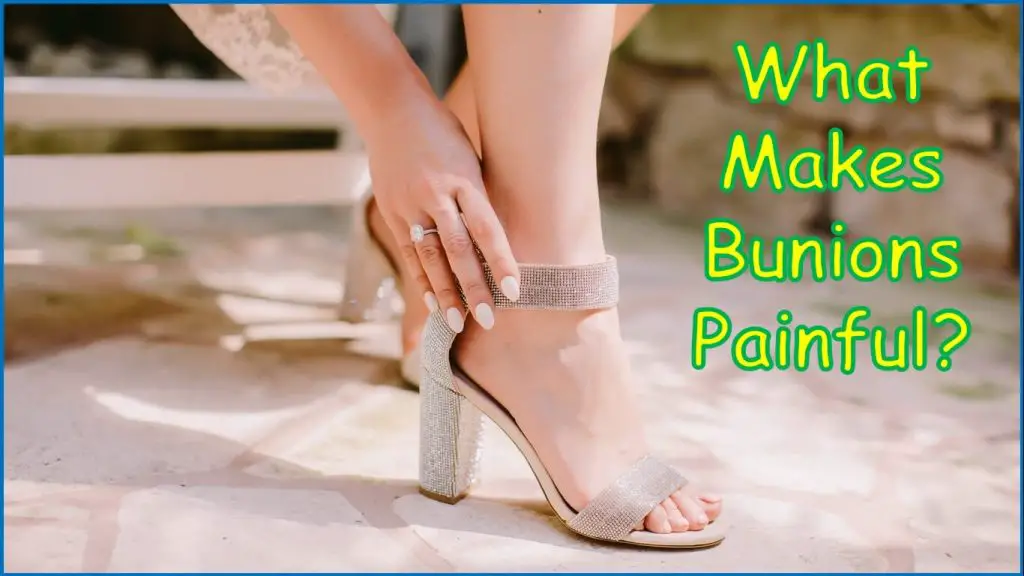What Makes Bunions Painful?
It’s hard to enjoy your day with foot pain caused by a throbbing bunion. Resting your feet won’t help, nor does changing your shoes. The bunion (or “hallux valgus”) won’t go away until you have it treated by a podiatrist who knows foot anatomy and can create the best personalized solution exclusively for you.
You might consider your bunion just a painful bump, but the reality is more complex and for that reason, you need an expert to diagnose the problem accurately and develop a treatment plan with results.
Among the best in the field are the board-certified podiatrists at the Bunion Surgery Center of Excellence. Following a thorough foot examination, you’ll be told if your problem is attributed to foot structure or footwear.
Your foot fix may be as simple as modifying your shoes, but you won’t know until you make an appointment and an examination.
Foot Anatomy And Bunions
Some people are more prone than others to developing a bunion based upon foot anatomy. When examining your feet, a skilled podiatrist can determine if you have any of the following structural issues:
- Excessive pressure on big toe joint
- Over pronation of foot rolling inward
- Flat feet from low arch
If an examination doesn’t indicate foot structure is your problem, then you are probably wearing shoes that are too small or do not fit you properly.
Feet are not designed to handle constant pressure that isn’t evenly distributed on the foot. Over time, pressure forces the big toe out of alignment, causing the toe to bend inward.
Often, this leads to tissue inflammation around the joint caused by fluid that has collected to form a bursal sac. The inflammation and collection of fluid are the source of your pain.
Following a physical examination, one of the first things a podiatrist will do is take x-rays of the affected area. Diagnostics provide a clear image of your foot’s metatarsal, or big toe, joint, and the bunion bursa’s anatomy (bursal sac). Your doctor will also check the range of motion of your toes to assess deformity and structural damage.
Successful Bunion Treatment
With the results of your x-rays, your doctor can make treatment recommends for you. There are different procedures for correcting a bunion and choosing the right one based on your examination will result in success.
The decision not only depends on the cause of the problem, but also on the individual patient, so recommendations typically vary by person.
Treatment goals differ based on the severity of the condition. For mild to moderate bunions, the goal is redistribution of weight on the affected foot. This is accomplished with:
- Orthotics or splints
- Custom supports or bunion pads worn with shoes
Severe cases require bunion surgery to relieve pain and restore foot and toe mobility and use. A bunionectomy to correct alignment of the big toe is one of the most frequently performed foot surgeries.
The board-certified podiatrists at the Bunion Surgery Center of Excellence expertly treat the condition as an out patient procedure in the facility’s sophisticated surgical center. Prior to surgery, doctors explain both the procedure and recovery to provide an optimal outcome for each patient.
You May Also Like:
Contact The Foot Specialists
Our team of expert podiatrists work together to provide you with personalized and effective treatments for conditions of the foot.
If you suffer from bunions that disrupt your life, and would like to learn about treatment options, contact the Bunion Surgery Center of Excellence at our Podiatry Department at 888.552.9732.
If you or someone you know suffers from bunions, share this article to help them understand the causes of bunion pain and ways to alleviate it. Let’s spread the word and help those affected by this common foot condition find relief and improve their quality of life.
Bunion Foot Doctor Near Me:
See Also:

